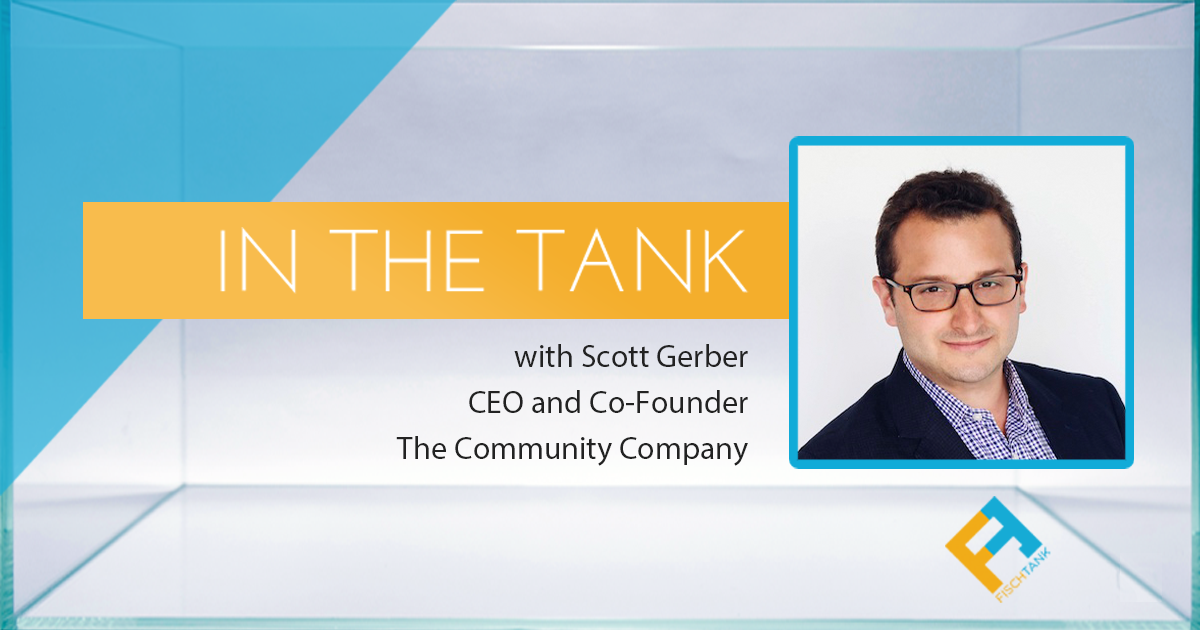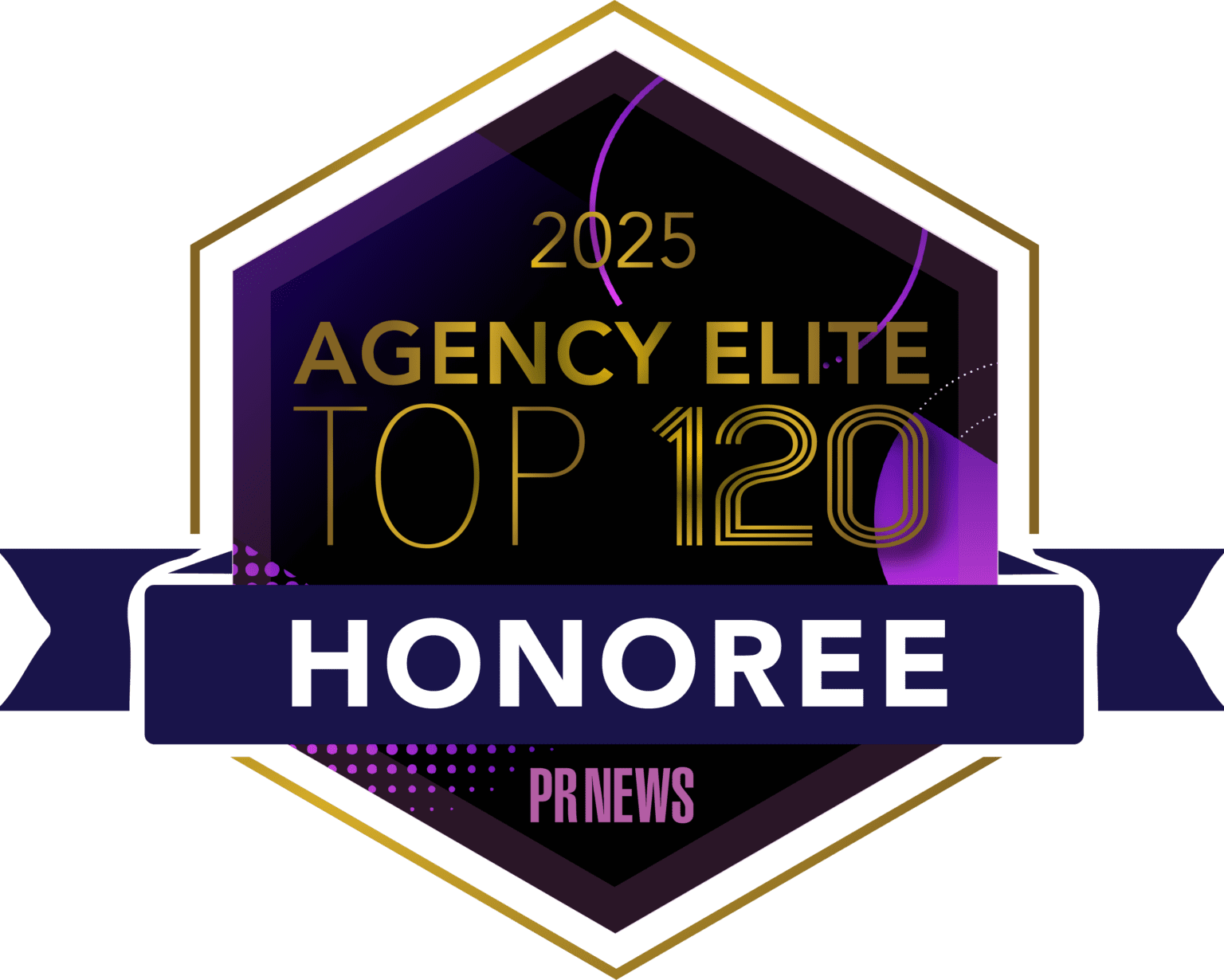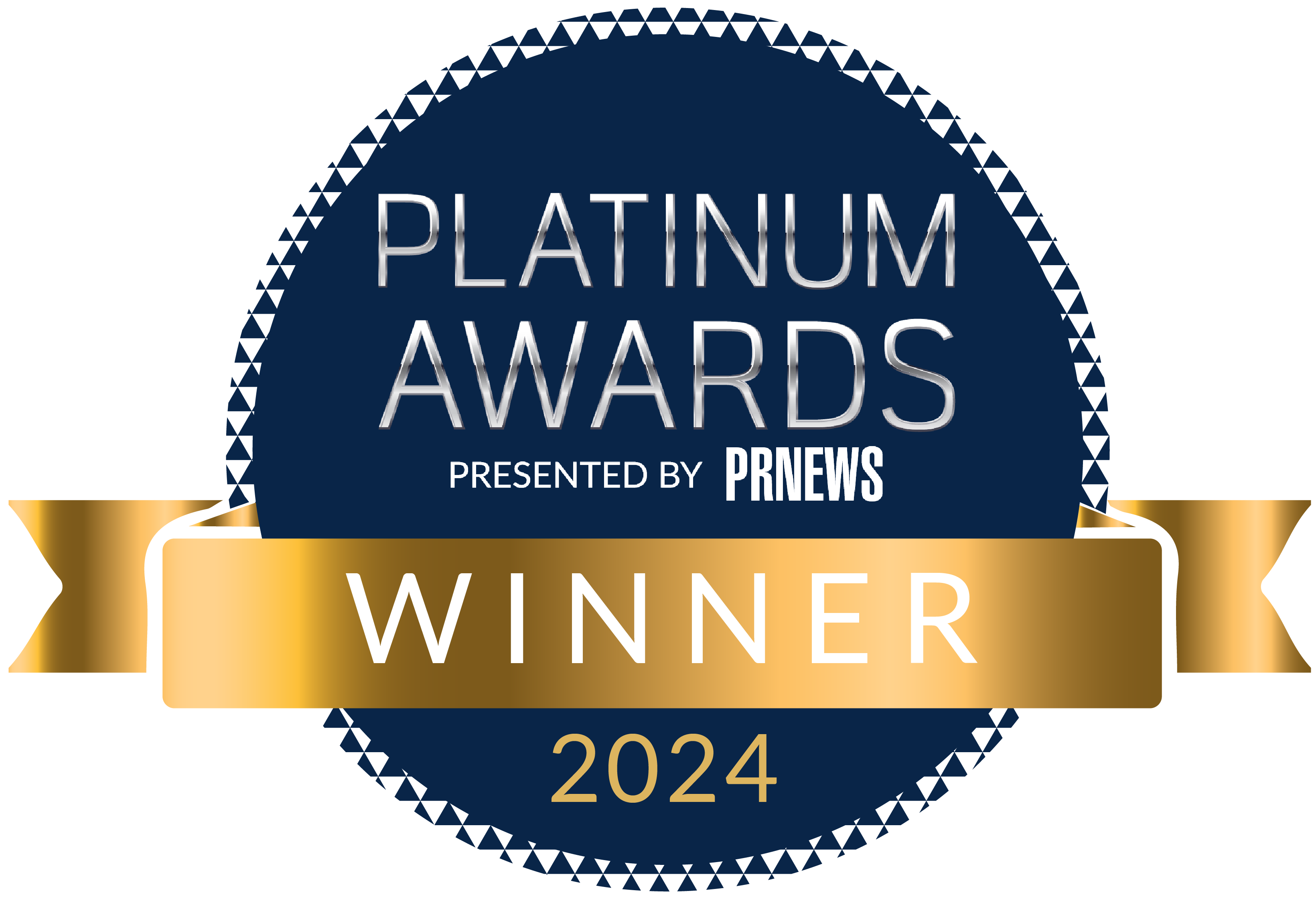This month In the Tank, we talk to Scott Gerber, CEO and Co-Founder of The Community Company to discuss the power of brand content, what makes a good thought leader, and how to build a community within your brand content marketing strategy.
Tell us about The Community Company – where did the idea come from to help brands monetize their readership communities in this way?
The Community Company builds and manages professional communities in partnership with global media brands. It came about because we saw a need in the market for media companies to expand upon the value proposition of the communities they serve. Historically these incredibly thoughtful and important publications, going back say a decade ago, saw readers as their primary stakeholder. Then that became people wanting to begin to experience the brand through things like live events.
And so, the next natural progression was the practitioner, and beginning to bring those practitioners into the fold. The idea that people want to actually experience what it is to be a part of the brand, to contribute to the brand’s ethos and thesis, to be able to build value for all stakeholders that view the power of that publication. That’s really where it came from, the idea of empowering communities in an entirely new way to be involved in the publications themselves through creative thought leadership, through being connected to likeminded peers that saw this particular brand or media publication as a sphere of influence that they wanted to take part in, and saw value in the curation it could provide to help them grow as leaders professional selves.
Why is thought leadership/contributed content such a powerful marketing tool for both individuals and brands?
I’ll speak first to the member. Our communities are invitation only, highly vetted and curated. And so by being in one of our communities, just from the starting point, you are a person who has accomplished something, and someone who is truly successful. We are not an open network where anyone can join any of our programs anytime. There’s no such thing as a ‘buy now’ option in anything we do. So you’re someone of note. You have relevant experience. You have relevant expertise.
And so the ability to share that with the audiences that these publications serve as well as your own is a powerful accreditation tool. There is no shortage today of content, but what there is, is a shortage of relevant and powerful practitioner content that basically allows people to find expertise by the experts.
Where we have facilitated that is the ability to create these channels that serve both sides, the publications as well as the member, to be able to build these sort of B2B-centric channels that help get the members the ability to expound upon their knowledge in a way that historically they have not been able to do outside of their own blogs or other contributed media channels that might not be the highest level of prestige properties like the properties we work with.
So I think it’s important, as the world is moving more towards search as a key way of finding out who you are and what you are, especially with COVID. There are no more trade shows right now. Everything’s gone virtual. The idea of networking being “events” are taking a hiatus. It is more important than ever right now to stand out for your core beliefs, for what your business does, for why you’re an expert in what you do, because the chances of people working with you will be partially dependent on things like a Google search, because they can’t necessarily look you straight in the eye beyond a Zoom call and shake your hand.
You’ve helped some of the largest publishers build out interactive contributor platforms. How does building in the community aspect positively impact the publisher?
I look at it this way – we don’t look at our communities as a series of siloed benefits. We look at our communities as a utility belt that is helping our members to achieve various levels of success or solve for certain needs or challenges throughout their developmental cycles. When you’re an entrepreneur whose business is more on the say $1M to $5M range, you’re going to have a lot more needs around knowledge share for scale, right?
When you are at a certain level, you might want to be getting back more through mentorship, thus, why you might contribute more content. And so by creating these safe spaces, we’re able to really help develop and nurture our members and be there for them as they go through anything in their businesses that we can lend a hand in.
So I think the power of what community brings to any, whether it’s a brand or publication, is the ability to convene the people that they are serving in other capacities to be a powerful, convenient, and ultimately allow them to be part of that conversation, to understand the conversation from a financial and business point of view, and allow them to be relevant in that conversation.
Community allows for multiple angles of value to all stakeholders, because the brand is what draws folks to see the credibility, the accreditation, the true nature of vetting and value. The members create ultimately the community that is an engaging environment for those that join as well as for the publication to learn and build upon their message, their meaning, and their value.
How can an individual or a brand know they are contributing content to the right audience? What key elements should they look for when selecting a publication?
I often ask, first and foremost, is what are your goals when you are trying to contribute content? Content, like I said earlier, there is no shortage of content. What there is, is a shortage of really high value practitioner brand content, because it gets drowned out often. And so the first thing is to determine what are you trying to say and why. At the end of the day, if you just want to be some thought leader, there are better marketing exercises you might want to pursue first, right?
Contributors should never look at something like I’m looking to be famous or some other nonsense goal of that nature, right? Your content contribution strategy should have really hardened principles in what you say and for what audience. That brings me to the second point which is, who are you trying to talk to? Who would have value in the information that you can deliver and the experience that you have? And so as part of that equation, you have to say to yourself, okay, do you want to go really niche and narrow?
Sometimes that’s the right move, right? Sometimes it’s the industry trade publication. Sometimes it’s the focused blog that has 50,000 readers, but those 50,000 readers are 60% of your target of the people that do business with you. So I think people get lost sometimes in wanting to have necessarily the biggest brand names, but that is not necessarily a goal search.
A brand content strategy is a lifelong journey, because it takes a lot of time, a lot of consistency and frequency, and if you simply just stop and start, or if you don’t have a clear path to what you’re trying to achieve, you’re going to get lost in an exercise that ultimately is going to waste a lot of your time.
What’s your best tip for an individual or brand who is looking to build their own audience through thought leadership/contributed content?
Don’t write for you, write for others. I think far too many people write advertorial, quick bait-y, nonsense junk with no education value because they put it as part of some funnel strategy first, foremost, and only. They forget about the fact that someone actually has to be so inspired by your words and actions that they’re going to take the journey that you are trying to achieve with that marketing process in the first place.
I highly advise folks to be genuine and generous. Think about why, the what, the how, of what you’ve done to become successful in whatever field, industry, subject matter, that you are looking to expound upon and deliver the goods. Because people can see through transparency if it’s total garbage or the total intent is to sell them something or get them into some funnel process. The world knows the game. And that will have a very adverse effect on you, your business, and ultimately online visibility and reputation, because people not only will read passively, but those that are proactive may be forced to take actions when they see through your intentions.
To hear more from Scott, follow him on LinkedIn. To learn more about The Community Company, visit their website or follow them on LinkedIn and Twitter.
Interested in sharing your insights in journalism, marketing, or communications in a future installment of In the Tank? Drop us a line.




